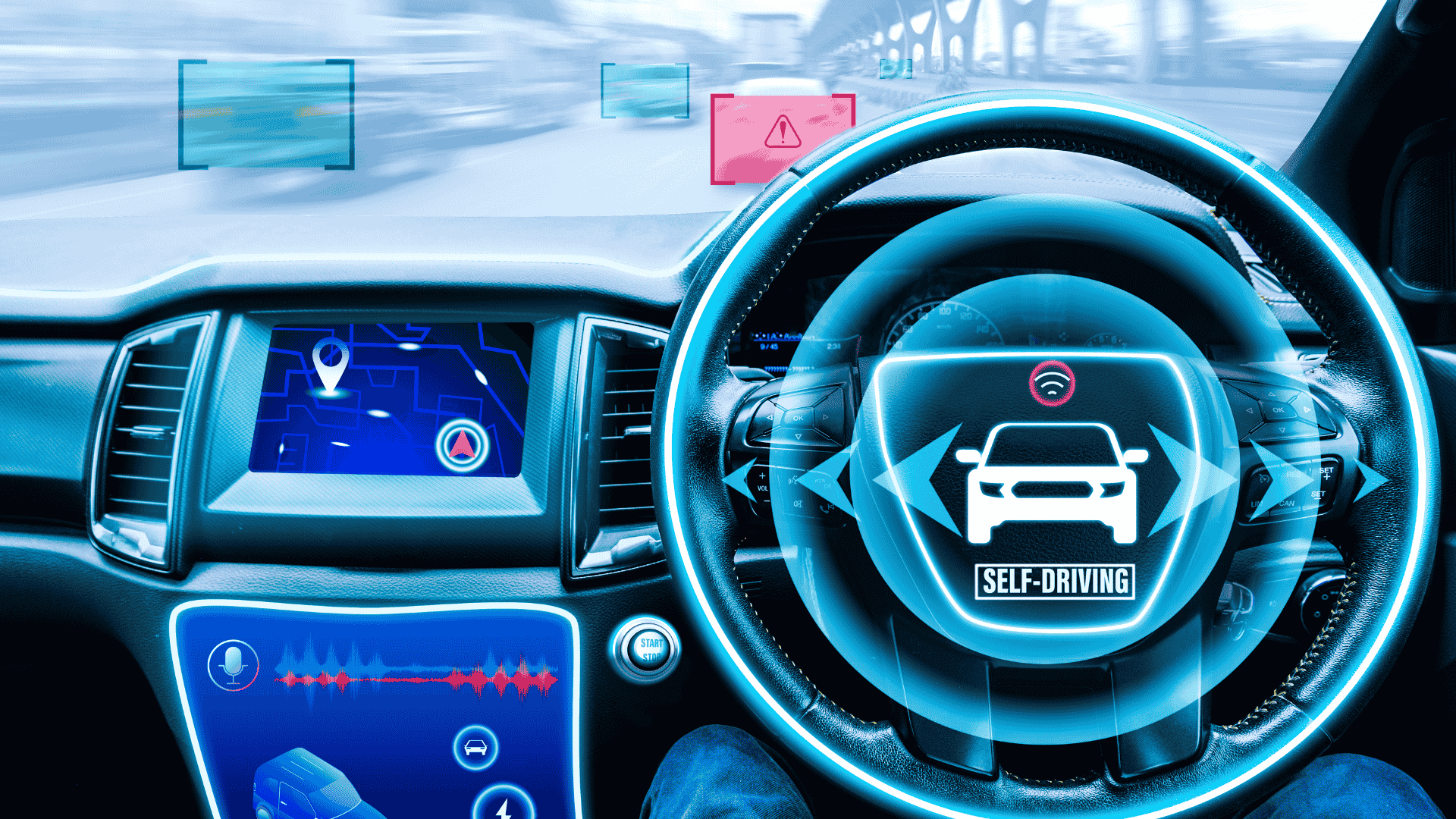Self-driving vehicles are no longer just a concept from sci-fi; they’re a rapidly advancing technology that could redefine how we travel, commute, and even structure cities. But what does the future hold for autonomous vehicles, and how close are we to widespread adoption?
Here’s a closer look at what’s coming.
🚗 Where We Are Now
Autonomous vehicles (AVs) are classified from Level 0 to Level 5:
- Level 2–3: Semi-autonomous, like Tesla’s Autopilot or GM’s Super Cruise
- Level 4: Fully autonomous but in limited environments (e.g., Waymo’s robotaxis)
- Level 5: Full automation with no steering wheel or human input, still under development
Currently, most self-driving features still require human oversight.
🧠 Key Technologies Powering the Future
- Artificial Intelligence & Machine Learning: For decision-making and predictive driving
- Lidar and Radar Sensors: To detect objects, pedestrians, and road conditions
- 5G Connectivity: For real-time updates and vehicle-to-infrastructure (V2X) communication
- High-Definition Mapping: Ultra-detailed maps help AVs navigate safely
🛣️ Real-World Applications
- Robotaxis: Companies like Waymo and Cruise are already piloting driverless ride services in cities like Phoenix and San Francisco
- Autonomous Delivery: Startups are testing self-driving vans and sidewalk bots to deliver goods
- Trucking and Logistics: Long-haul autonomous trucks are being tested to improve efficiency and reduce fatigue-related accidents
⚖️ The Challenges Ahead
- Regulations and Safety Standards: Laws vary by country and state, creating hurdles for expansion
- Public Trust: Concerns over accidents and system failures remain a barrier
- Urban Infrastructure: Cities need upgrades to support seamless AV operation
- Ethical Decisions: AVs must navigate moral dilemmas in split-second situations
🌍 How It Could Transform Society
- Fewer Accidents: Reduced human error could lower traffic fatalities
- More Accessibility: Elderly and disabled people may gain new independence
- Lower Emissions: Electric AVs could support a cleaner environment
- Redesigned Cities: Less need for parking lots and garages, more green spaces
🧭 What’s Next?
- Broader deployment of Level 4 AVs in controlled environments
- Government investment in AV-friendly infrastructure
- AI breakthroughs enabling better decision-making in unpredictable conditions
- More competition between tech giants and automakers to dominate the AV space
Final Thought
The road to fully autonomous driving is long but rapidly unfolding. While technical and social challenges remain, the potential benefits from safer streets to more sustainable transport are too significant to ignore. The future of self-driving vehicles is not just coming, it’s already in motion.

